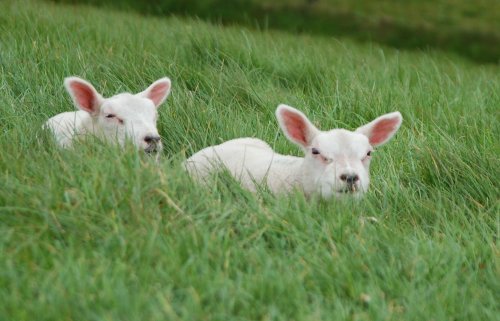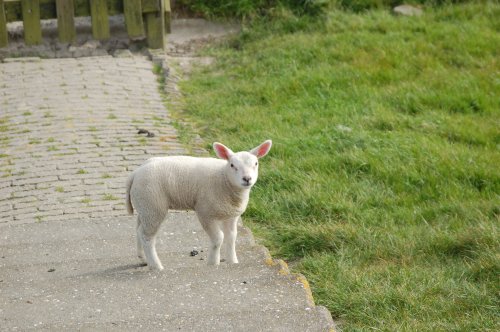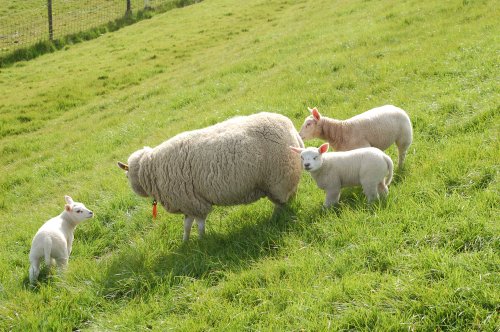For some time now I have decided not to have banner ads on this blog. I think sites with banner ads look cluttered, and for the small amount of money they could generate I think it’s nicer for the people who read this blog if I don’t have them. As a rule, I also don’t provide commercial links with places I don’t have some relationship with or places I don’t believe are good to do business with. With banner ads it’s hard to be this selective.
Today I put up my first ever ad, for my hosting provider. You can find the ad graphic on the bottom of the front page of this blog.
Apart from the food we eat, the cars we drive and heating our homes, probably one of the most energy intensive things we do is use our computers and the Internet. As a US based company, Dreamhost is not obliged to reduce their carbon emissions or purchase carbon credits under the Kyoto Protocol.
As well as trying to reduce their energy consumption, Dreamhost has voluntarily chosen to purchase carbon credits with the intention of making their business carbon neutral. As I continue to look for ways to reduce my own energy consumption, I am pleased my hosting provider is doing the same thing. I hope many more companies all over the world start doing the same thing.
A hosting provider is a company that will ‘host’ an Internet domain for you. They normally handle your email and web site as well as provide you with things like blogs, photo galleries or online shops. These are things many Internet Service Providers do, or in the case of blogs or Internet sites you can find them other places online for free, but a hosting provider will let you have all of these things in one place on a personalized domain. In addition, you can change your Internet Service Provider and still keep your email address and domains. If you are unhappy with Dreamhost, it’s also not difficult to switch to a different hosting provider.
I wish I could say I was completely satisfied with Dreamhost, but I’m not. Especially the last few months have seen several frustrating and extended outages in service with them. Searching on the Internet will show many heated discussions between customers who were very upset with them. If you sign up for service with them, don’t expect it to be trouble free! At the same time, for the price I think the service is good. I also think their customer service is excellent, and when they have a problem they work around the clock until it’s solved. I have no reason to believe another similarly priced hosting company would provide a better level of service.
I think Dreamhost’s biggest problem is more that they have a few, loud, poorly behaved customers, rather than a serious problem with their level of service.
For all but the most power users, Dreamhost has virtually no limits on disk use or bandwidth. You can have as many domains or subdomains as you want. You are allowed a very generous number of mailboxes and email addresses. You are allowed unlimited blogs or other web site installations. For most people, the cheapest plan offered is enough, for as little as US$8 per month.
And, yes, if you follow the link on the front page of this blog and sign up for an account with them, I will get a little bit of money. It’s my intention to apply any money I get from this towards the cost of running this site, and if I have any left over donate it to charity.
Don’t sign up with Dreamhost for the sole purpose of supporting this site! If you were thinking of signing up with Dreamhost anyway, consider doing it by following the link on this blog.





